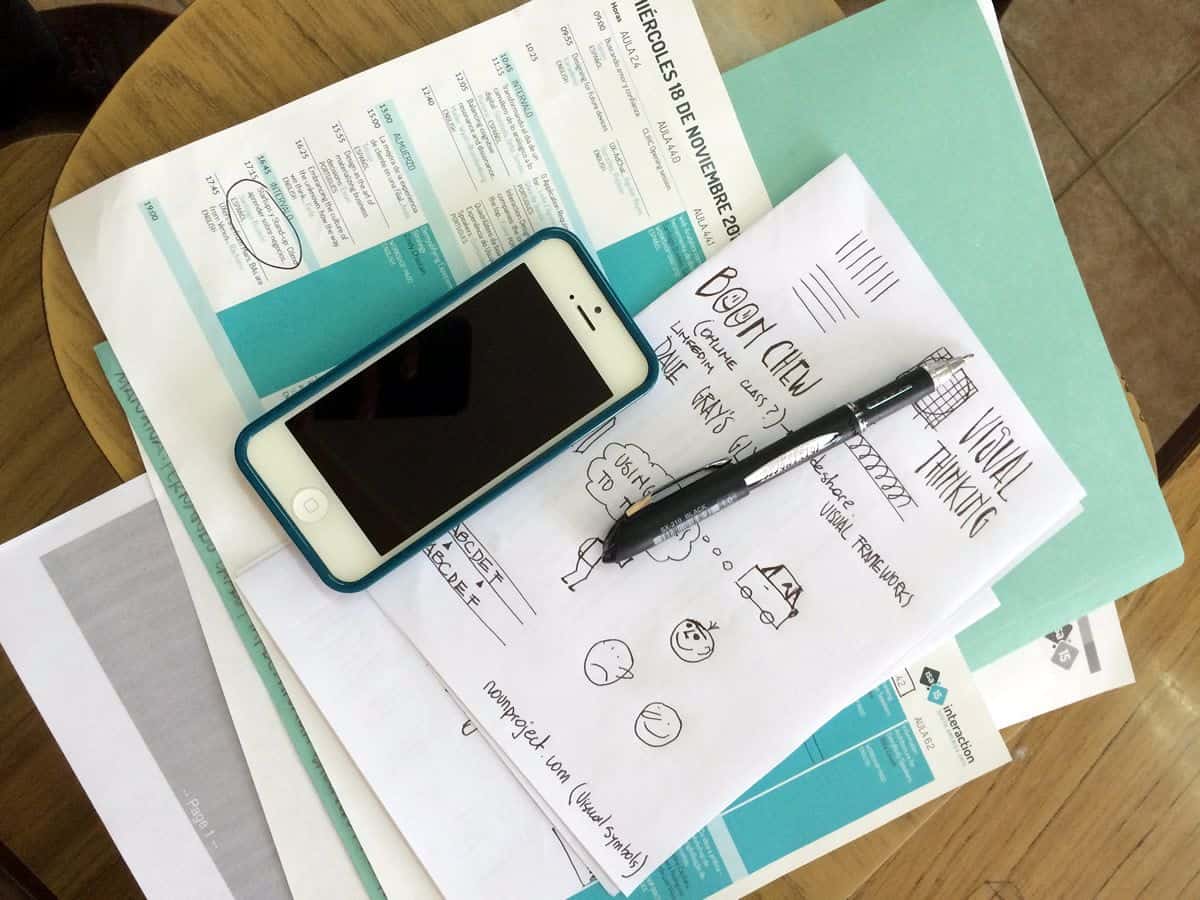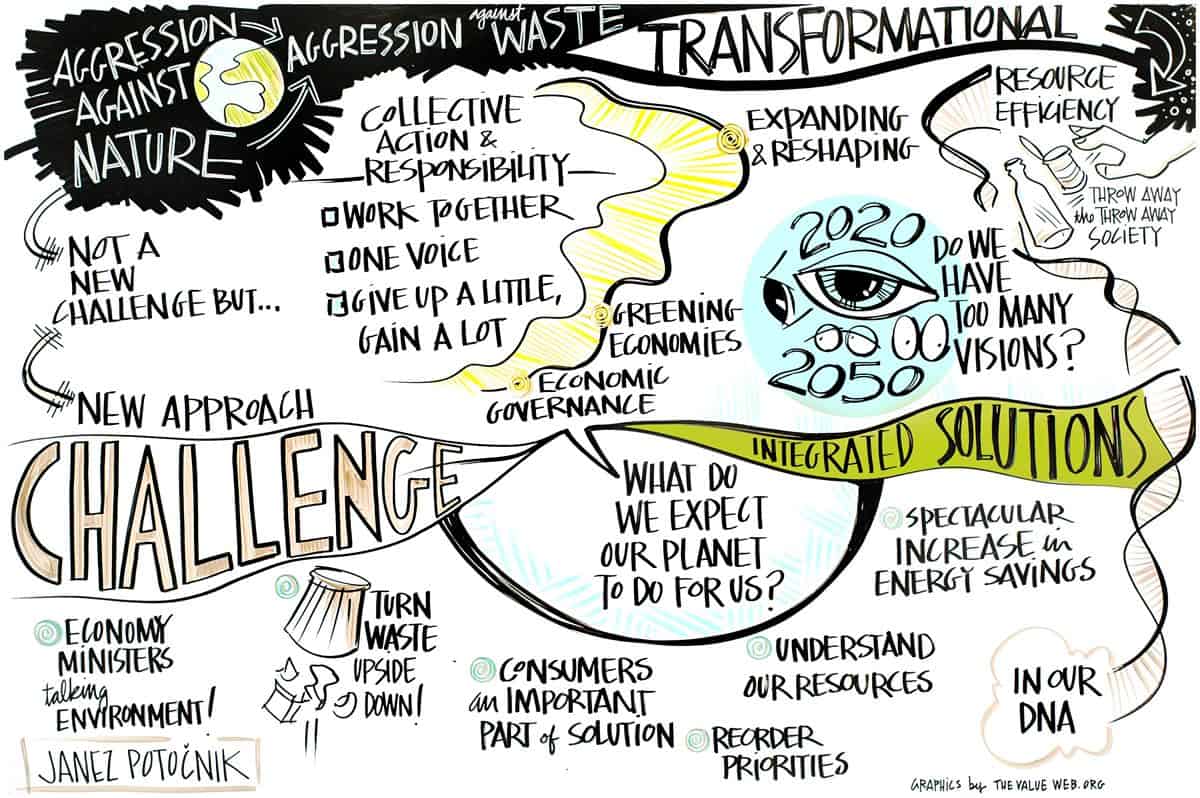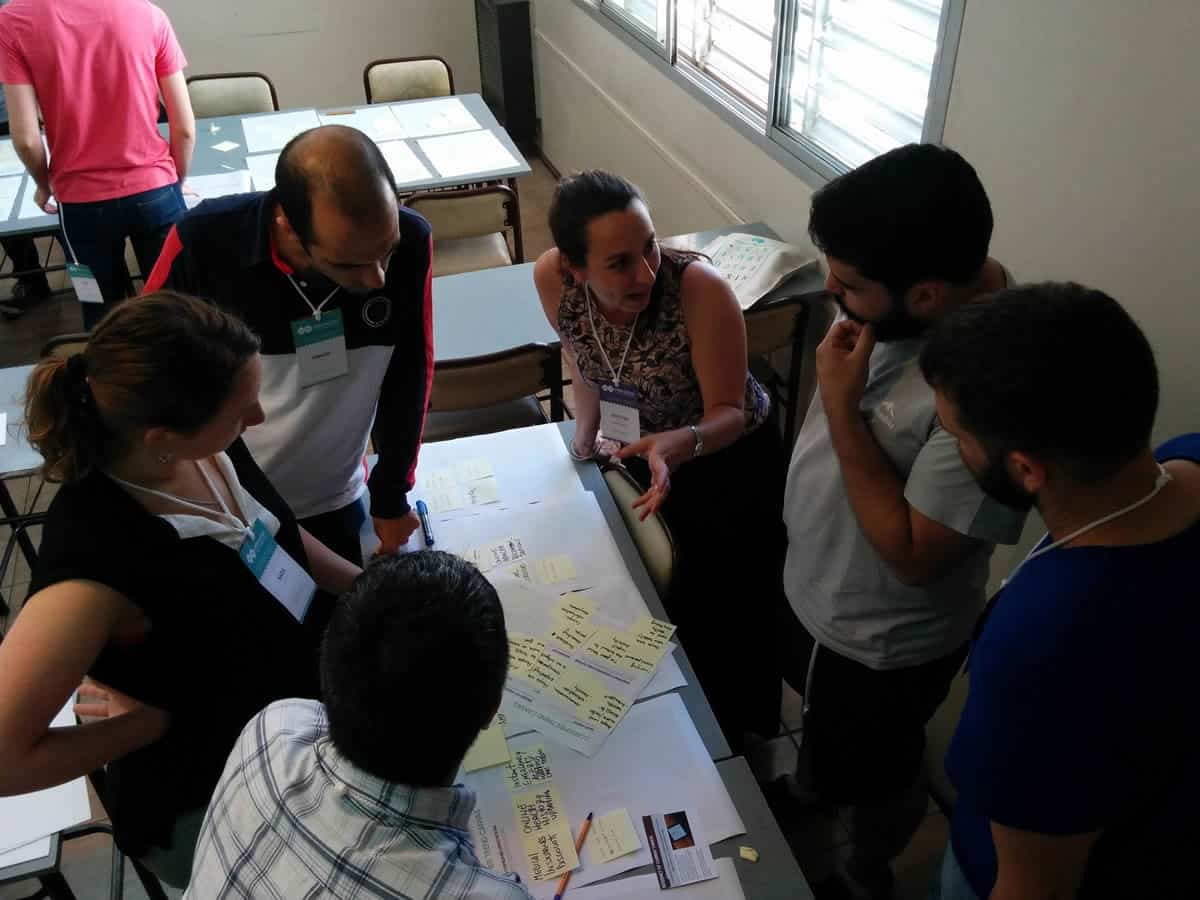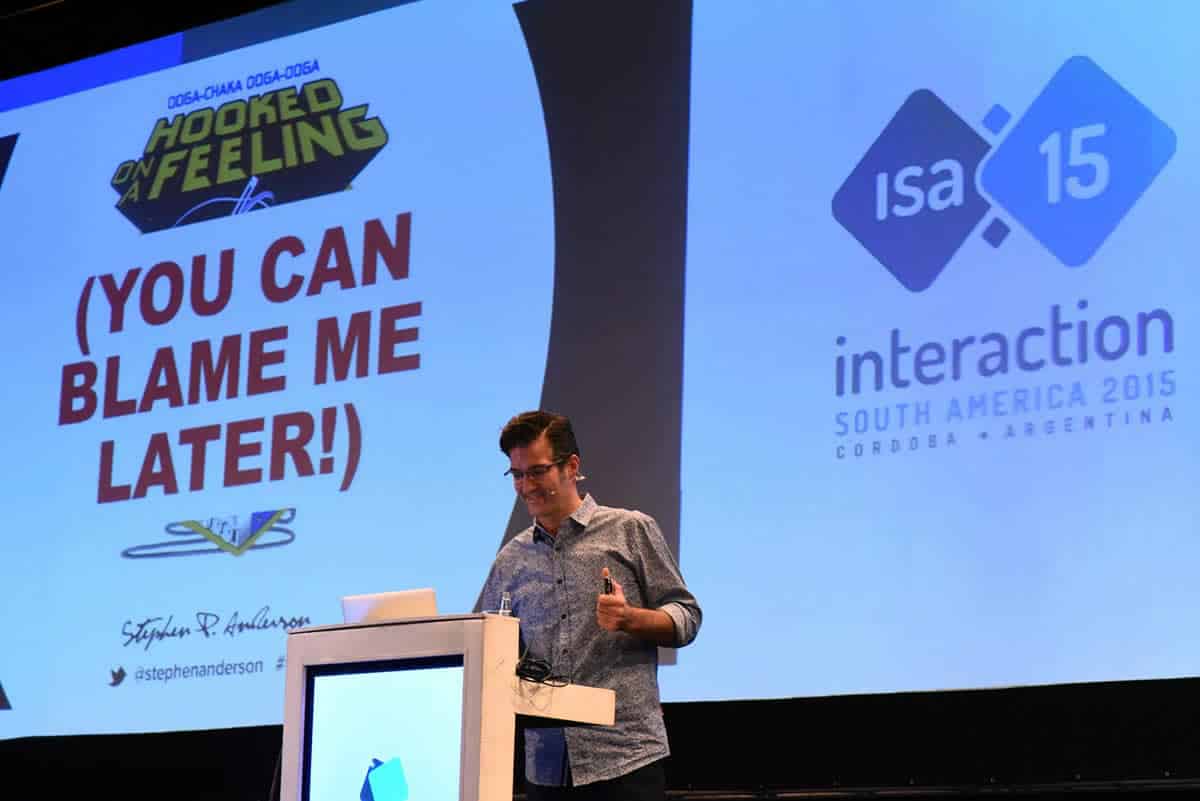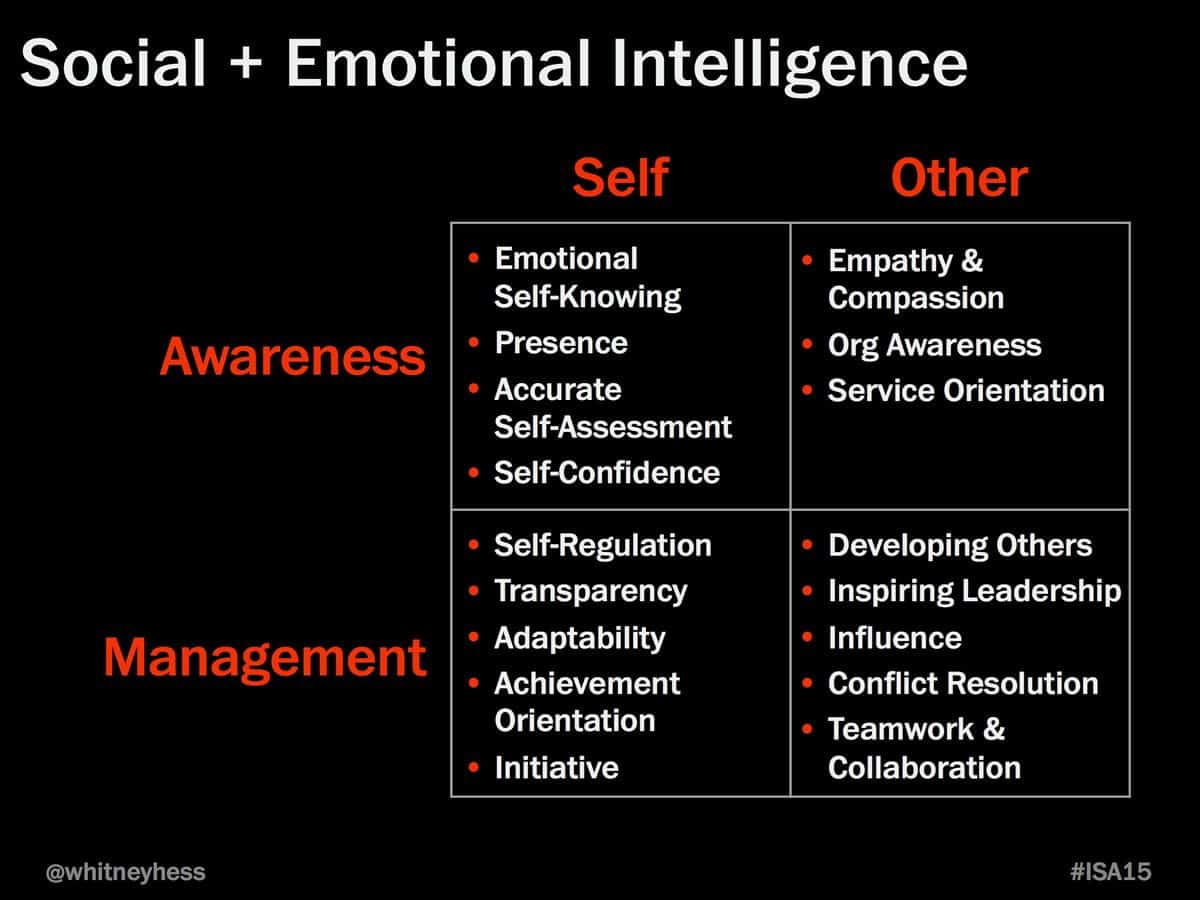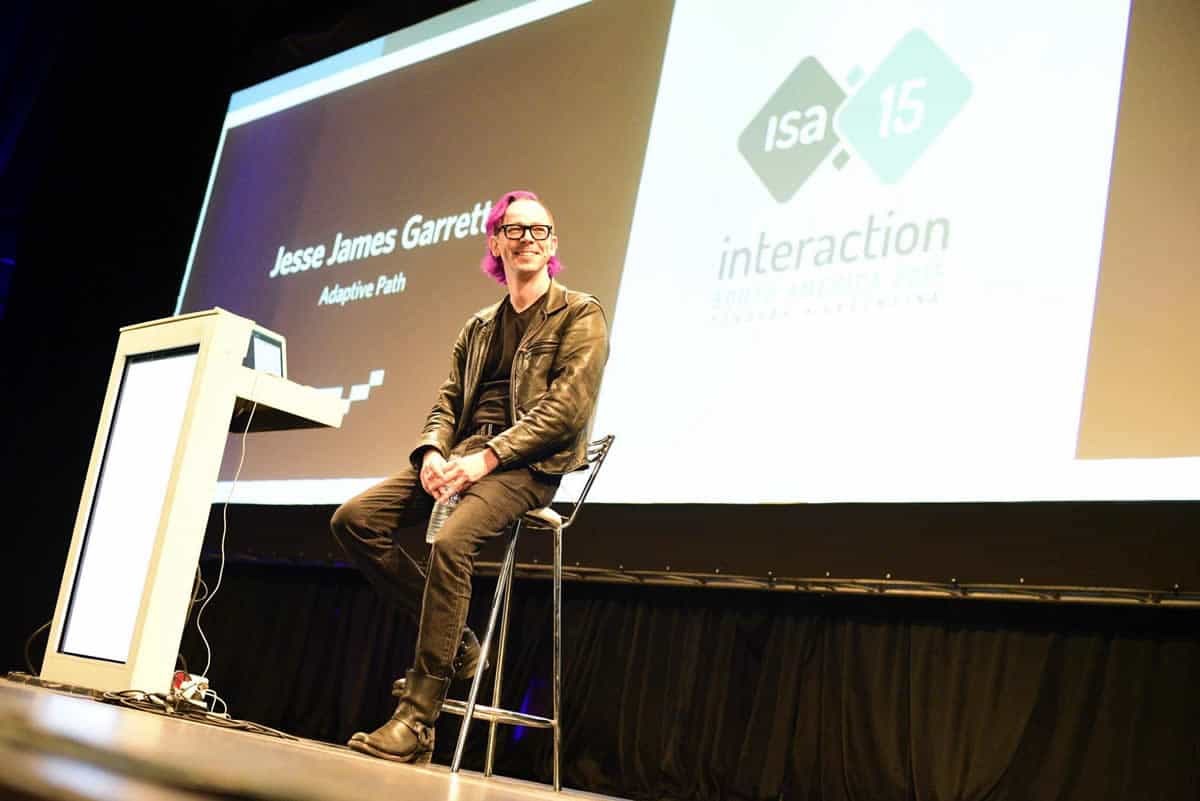A couple of weeks ago, Proto.io was at this year’s edition of Interaction South America (ISA), an IxDA conference held annually in different cities of the continent. ISA is, by far, the most important conference about Interaction Design, User Experience, and Technology and Innovation held in South America. As sponsors, Proto.io is proud to have been a part of this incredible event that brought together world-class speakers, global and regional participants.
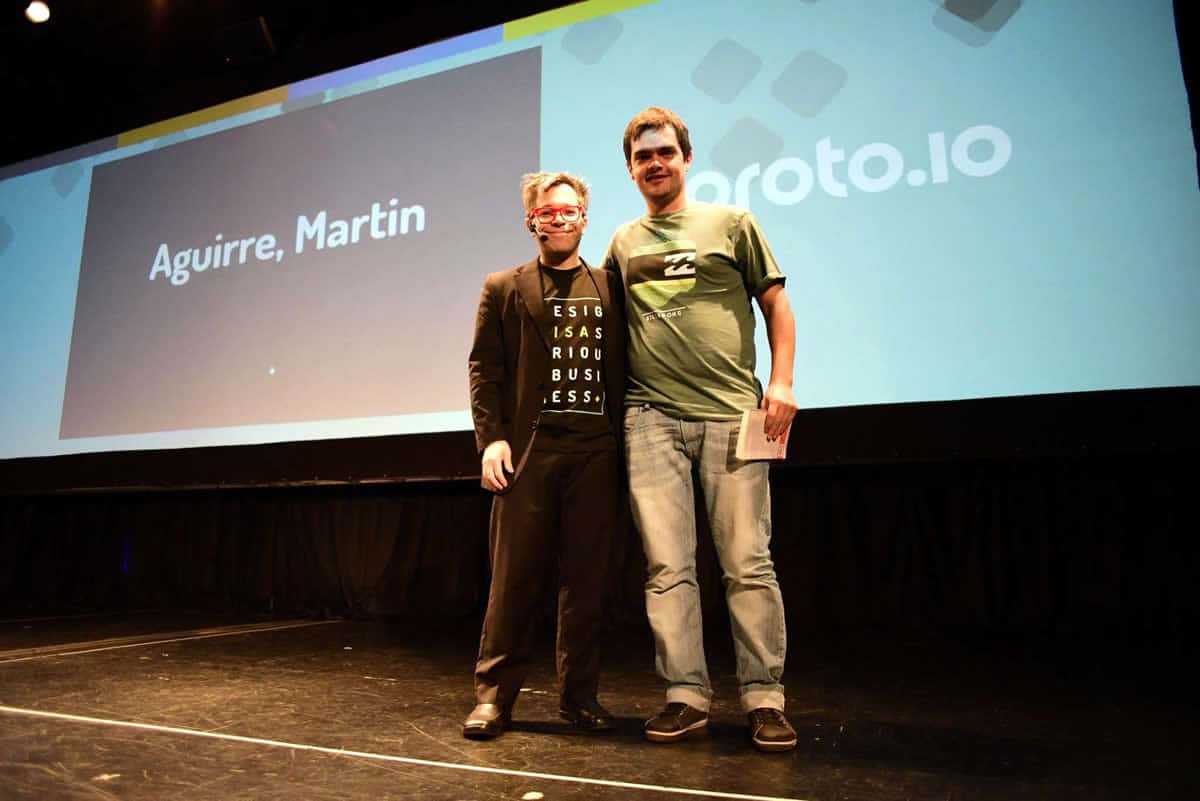
Most fortunately, I was also able to attend ISA15 and I wanted to share with our readers the insights and lessons learnt. If you’re wondering whether it’s worth it to attend an IxDA conference, I dare say that it is indeed worth the jet lag and the exhaustion felt after four days of workshops and keynotes. Stepping away from your daily work to get together with other designers and developers in a supercharged learning environment is an opportunity not to be missed.
So here are 8 lessons you can expect to learn from an IxDA conference, as shared by various speakers, teachers, and participants at ISA15.
1. New ways of thinking and of design practice
Visual thinking is about making sense of things using visuals. This may seem rather basic to most designers.
But you’d be surprised to know that it is a skill that requires consistent training and the willingness to be open to share your output with others. The latter might be the ultimate hurdle for many of us. But yet, one of the first disclaimers made in the Visual Thinking workshop at ISA15 is this: “There’s no such thing as a bad drawing”.
The workshop was given by IxDA London local leader and User Experience Manager at SapientNitro, Boon Chew (@boonych). He shared with us,
“The main highlights was learning drawing basics, applying them to service design exercises, communicating thoughts and ideas visually and as a group.”
Source: Boon Chew
Source: The Value Web
Future thinking, on the other hand, sounds a lot less basic for most designers.
Ricardo Brito, Service and UX Designer at Futurice, co-hosted the workshop “Future Thinking Applied to Concept Design” with his colleague, Engineer Paul Houghton. Ricardo and Paul also host the The ThingCast, a podcast dedicated to design and tech in the era of the Internet of Things. The highlights of the workshop, as succinctly detailed by Ricardo on Futurice’s blog, are as follows:
“Our basic point: understand forecasts and where they come from helps you select the best property to feed into your creative process of service design. The result is future-proof designs that are better business value. The natural similarities between Futures work and design positively reinforce either [sic] other.”
Source: Futurice Blog
Mario Balbas, Graphic Designer and Commercial Manager of Mindsmack, participated in both of the above workshops. He had signed up for ISA15 in hopes of learning more about new disciplines that would enable him to better understand the user’s perspective and work with his team more holistically to generate added value to their products and services.
What he learned from ISA15 exceeded his expectations. He says,
“The list is long, but basically, I can say that I learned new methods of study and design practices that are very useful to prevent incidences and to organize information in new projects (which can often be chaotic in terms of production).”
2. The importance of open source in design
Andres Galante (@andresgalante) is a UX Designer at Red Hat, a member of the Aerogear community, and Co-Founder and Designer of Outclass. He held a workshop on “Using Bootstrap to Create A Unified Corporate UX.” He explained,
“The presentation showed how the Red Hat UXD team uses Bootstrap as a base to create PatternFly, an open-source project that we built to have a consistent user experience across Red Hats products.
My goal was to show our experience of building an open and collaborative design system so others can use the same technics on their own projects.”
Speaking further with Andres, the topic of open source in design cropped up. While open source is an everyday term for developers, finding a designer to work on open source projects is, according to Andres, harder than finding Waldo.

Source: Where’s Waldo?
He asked, “How many of you know a designer actively participating in an open source community?” The answer is none.
Andres believes that the problem is one of communication. The language of open source is git. He explains,
“For a developer, git is obvious. It’s just the way they collaborate with each other.
On the other hand, for a designer, especially the ones who don’t code, git can be pretty tricky. We are visual creatures and we understand visual tools. That’s why the GitHub desktop app helps a lot.
But even then, the concepts of pulling, pushing and branching repositories are hard to get around.”
“It’s a pity,” says Andres, “because when designers and developers work together, the results are fantastic.”
As such, he strongly advocates the need to always push for collaboration and innovation. Designers looking to get involved in open source projects can refer to a number of guides listed on Andres’ blog.
As for developers, Andres has one sound advice for them: Adopt a designer.
3. Focus on the whole to craft a better experience
Stephen Anderson (@stephenanderson) started off his keynote by playing us a clip from Blue Swede’s 1974 hit, “Hooked on a Feeling”. To his credit, he did provide the disclaimer that we could all blame him later. There was no blame on my part though, as the song reminded me immediately of the movie, Guardians of the Galaxy, and that put me in a good mood.
Source: ISA15
Stephen is the Chief Experience Office at BloomBoard, a speaker and consultant based out of Dallas, Texas and the author of the book, Seductive Interaction Design. His keynote, Hooked on a Feeling, explores what it means to actually craft an experience.
Walking us through various examples from animation to advertisement to game design, he pointed out that these mediums know how to make us feel, in deep and profound ways. Looking at recent examples of apps such as Slack and Medium, Stephen showed us what it is to focus on experiences rather than features when building a product.
While their competitors measure up in terms of features, Slack and Medium channeled plenty of effort into the not-so-obvious “How to build” approach to their products. This consists of things such as tons of integration provided by Slack and the focus on typographic UI details that compete with centuries of print as shown by Medium.
It’s good to remind ourselves that an experience is other than a sum of the parts. Even with the right parts, things can go awfully wrong if you don’t focus on the whole.
Source: ISA15
Speaking with Mario, he shared that Stephen’s ISA15 keynote imparted to him this crucial thought:
“We must put our egos aside and understand that: We do not have all the answers.”
Mario elaborates,
“I have learnt the importance of being open to trends and new technologies that allow us to provide our users and customers with better services applied to complex scenarios.
And to create a better experience, we should:
– Align around the experience to achieve the desired result
– Obsess over the details by iterating as much as possible until it feels right
– Focus on the whole, not just on parts or moments
– Look for opportunities to create transformative experiences”
4. Unraveling myths of Innovation
The design industry, like every other industry, can’t escape the plague of jargon. New buzz words and catch phrases pop up ever so often. Some stick, others die off. It seems like keeping up with the name game is as important as design itself.
However, Scott Berkun (@berkun) begs to differ. He proclaims,
“Whoever uses the most jargon has the least confidence in their ideas.”
Scott is a bestselling author and popular speaker on creativity, philosophy, culture, business and other subjects. His keynote at ISA15 was about the myths of innovation based on his successful book of the same name.
Fair enough, Scott pointed out the ridiculous nature of advertising slogans and how empty those words turn out to be when you think twice about them. Is Budweiser really the King of Beers as they claim to be? I reckon that the Trappist monks of Belgium, who brew some of the finer-tasting beers in the world, would weep if anyone thought that to be true.
Scott Berkun #ISA15 Innovation: significant positive change. pic.twitter.com/aKtzR7AzMS
— jadziadax (@jadziadax) November 20, 2015The presentation introduced to us the problem of narrative bias, which refers to our preference for stories when it comes to making sense of the world. Great innovation stories, such as the one about the apple falling on Newton’s head leading to the so-called discovery of gravity, are what we tend to remember. It doesn’t matter that it did not exactly happen that way and we tend to gloss over the labour that it took Newtown to document his eventual findings.
We like to think of innovation as an epiphany even though this is hardly ever the case. Just think about UX design and the emphasis on iteration, experiments, and going back to the whiteboard. A great product is never born out of a sudden spark of inspiration.
But we like to believe in “the magic” because our biases tend toward believing simple stories, however false, rather than true complex stories.
The main takeaway of Scott’s lively and informative keynote is that innovation is, in essence, positive change. It is about exploration, experimentation, and risks. Persuasion and perseverance are as important to innovation as creativity is because people are not always receptive to change.
5. The intersection of UX designers and business people
You might be wondering what does business people have to do with an IxDA conference. We can’t deny that the people who take care of the business affairs of a project as just as important as the ones who design and build the products.
Cornelius Rachieru (@corneliux), Managing Director and UX Lead of Ampli2de and Founder, Co-chair, and Lead-curator of CanUX, delivered a workshop based on his observations of how UX professionals and business analysts can and should work together.
He says,
“Because the theme of this year’s conference was “Design is a Serious Business” I presented a talk called “UXers are from Mars, BAs are from Venus” that explored the differences and similarities between UX professionals and business analysts on enterprise projects.
The presentation also looked at the design decision making process and how UX professionals should build arguments to defend their design decisions when they are challenged by business analysts.
In terms of takeaways, I am hoping that people learned that BAs can be great allies in pushing for the right designs and that we must always have supporting evidence in any major decisions we are undertaking as designers.”
The intersection of UX designers and business people can be a tricky one. While collaboration has been recognized as the better strategy, friction can still occur across various conflict points. At times, it’s difficult to discern where the conflict points are.
The UX Design team of Flux IT presented a workshop at ISA15, “Searching for Balance Between the Needs of Users and of Businesses”, that deals precisely with this.
The presenters of the workshop are Fernando Feller (@ffellerr), UX Director, Lucrecia Feller (@lucrefeller), UX Consultant, and Laureana Porteria, UX Designer. Fernando explains,
“The first step proposed by this workshop is to address the problems of any institution from the perspective of users, for which there is the need to know the users, to detect a problem and/or needs, and to develop solutions that are aligned to the business.
The objective of the workshop is to have a good conversation. From there, we will be able to unlock everything else.”
To do so, the team came up with an activity that required the participants to form groups of 6 to 10 people who will then participate as stakeholders or users. The strategy is to define the trigger of the conversation.
The rules are simple: all must participate, only one talk at a time, and no electronics (mobile devices and laptops). Then, the groups use personas and scenarios for a case study with a large piece of paper and drawing/writing materials.
Lucrecia elaborates,
“The result of this type of activity translates to a trajectory map which detects all contact points where users interact with the business (product or service). For each point, their satisfaction will be evaluated, by detecting the points in which conflicts are present and by understanding which are the points where the user perceived value. This is to analyze whether the business is truly delivering value to the user at the points in which they believe they are.”
What can be learned from this workshop? Fernando goes on to say,
“We learn the importance of having every person participate in a balanced way. By putting all contributions on the same level, the discussions become more objective. It becomes easier to find common ground and to reach a consensus. Participatory decisions generate commitment. The action plans resulting from them are usually implemented with greater effort, clear direction and enthusiasm.”
When it comes to designing, as Jack Johnson says, it’s always better together.
“Innovation is one of the benefits of such a collaborative activity. The images induce creative thinking, inspires one to think big, and to look for bolder solutions. Furthermore, the final graphics are a powerful tool of communication between designers and the rest of the organization,”
Laureana concludes.
6. The truth about Unicorns
Unicorns are the subject of many discussions in the UX design industry. Do unicorns exist? Should companies hire them? Should we stop looking for unicorns? Where do you find a unicorn for your startup? What on earth is a unicorn anyway??
The workshop “Confessions of an Ex Unicorn” attempts to sift through all the glitter and fluff in order to get to the bottom of this unicorn business. It was presented by Amanda Stockwell (@MandaLaceyS), Vice-President of UX at 352 Inc, and Rachel Daniel (@RainbowliciousD), ex-Unicorn and UX Director at MaxPoint.
We spoke with Amanda who then gave us an overview of the workshop, starting with a definition of the term “unicorn”.
Amanda explains,
“A UX unicorn is essentially a generalist who is able to master the entire UX spectrum and can perform every specialty with ease no matter if they have a conflict of interest.”
That means being able to do user research, design user interfaces, conduct user testing, write code, branding, write articles on Medium and so forth.
She goes on to provide an overview of the pros and cons of being and hiring a UX unicorn (other than the excess of glitter, of course).
“Pros of being a unicorn: You get to learn a broad set of skills and it feels as though you can market yourself to nearly any job.
Pros of hiring a unicorn: You can pay one person to do a multitude of things. You assume you can get efficiency by having one person working on every aspect of a project.
Cons of being a unicorn: You can easily get burnt out or have trouble focusing on many tasks. You may not get to do the type of work you’re most passionate about. There is some inherent bias in being the only one to research, design and test a solution.
Cons of hiring a unicorn: Unicorns are hard to find, and if you do, they are very expensive, may be egotistical, and may have a high turnover rate (because they get burnt out quickly.) You can also get biased results when the same person is researching, designing, and testing.”
I find this last point on bias to be very pertinent indeed. A unicorn who does the research, design, and testing is bound to become overly attached to their work.
Imagine spending days designing a UI and then testing it on users only to receive negative feedback. No matter how open you might be to criticism, that is sure to cause some emotional stir in you. You need to put some healthy distance between the product and yourself.
#sketchnotes from @mandalaceys and @rainbowliciousD unicorn talk at #isa15 pic.twitter.com/7PgTtDSLDf
— Boon Chew (@boonych) November 19, 2015Amanda and Rachel rounded up the workshop by providing a set of tips for everyone, whether unicorn or not, to advance their careers. Some of these include finding others in and outside of work to collaborate and bounce ideas of, recognizing your weaknesses and relying on the strengths of others.
“And last but not least,” Amanda concludes, “be yourself!”
7. Staying healthy: mind, body and heart
After a couple of days of workshops and keynotes on Interaction Design and User Experience, I certainly wasn’t expecting a talk related to emotional and social intelligence.
Whitney Hess (@whitneyhess) is a coach, writer and speaker whose mission is to put humanity back into business. She writes on her blog Pleasure and Pain and co-hosts the podcast Designing Yourself.
At ISA15, Whitney delivered a powerful keynote on the importance of being integral and developing yourself. She pointed out that in most workplaces, the emphasis on developing the mind is strong whereas the heart and the body are wrongfully neglected. Being integral is about aligning mind, body and heart.
Based on the book Emotional Intelligence by Daniel Goleman, Whitney gave us an overview of the awareness and management either of the self or of others.
Designers work in fast-paced environments. The demands of our industry today require the need for fast thinking and constant creativity. From iterations to prototyping to product development, the norm now is that these processes become rapid.
It’s easy to get overwhelmed and burnt out, whether or not you’re a unicorn. Whitney’s keynote served as a great reminder of the importance of taking time for yourself and to be present. She provided us with a number of tips to being integral, which includes practicing empathy, meditation, and being adaptable to change.
8. We’re all in this together
This was the last piece of wisdom shared to us by Jesse James Garrett (@jjg) in his closing keynote at ISA15. JJG, Co-Founder and Chief Creative Officer of Adaptive Path, is well-known in the design community. As a fellow participant whispered to me at the time, “He’s a hotshot!”
JJG’s closing keynote was a collection of 15 lessons learned from 15 (actually, 16) years of experience as a UX designer. He ended off by sharing that over the past few days, he had spoken with many participants of ISA15. One of the common issues he heard from South American participants is that local businesses are not as open to UX design as they are in the US or in Europe.
“We’re all in this together” was his way of saying that businesses everywhere work in similar ways that are not always favourable to the goals of UX design. Whether you’re a designer from San Francisco or New Delhi, the kind of challenges and problems you face are similar.
Boon agrees. He told us,
“JJG said it best: we are all in this together. The work we do is increasingly important no matter where we are. While it’s easy to get trapped in the latest trends, what matters is sound application and understanding of the fundamentals – psychology, information science, craft and materials, culture, communication. All these things.”
@jjg's 15 lessons from 15 years of user experience - the closing keynote at #isa15 #sketchnotes pic.twitter.com/lfSNqHhquX
— Boon Chew (@boonych) November 21, 2015Cornelius also shares a similar opinion. He says,
“I’ve learned that the South American community is dealing with similar business challenges compared to what we’re up against in North America.”
I think it’s fair to extend this lesson to all who are involved in creating digital products and services today. Even though it’s an IxDA conference filled with UX designers and Interaction designers, we are also in this together with our product teams.
As Yanina Boccardo (@yokianis), Mobile Product Developer at Exceed, shares with us,
“Working with UX designers in different workshops at ISA15 allowed me to learn tools and processes to implement in my day to day work in order to achieve the best experience. I believe that yes, developers can create products. But to build a successful product, we need to work collaboratively with UX designers.”
Being an anthropologist, I might have certain reservations about this broad claim of equality among all designers. However, I would agree we are indeed all in this together as a global community of designers working towards the improvement of our field and the positive changes it can bring to our societies.
In overall, ISA15 was an enriching experience. Leonardo Lohmann (@leolohmann), UI/UX Designer at Petrobras, sums it up:
“When I registered for the conference, I was hoping to have the chance to attend to interesting workshops, learn new stuff, interact with people and hear great names delivering inspiring keynote speeches. Did I gain new insights? Sure! The interactions I had during the event left good imprints on me and brought in new learning experiences.”
We would also like to commend the organising committee at IxDA Córdoba for the smooth execution of ISA15. They did a fantastic job in crafting a great experience with ISA15. In Leonardo’s opinion, they made a beautiful and impeccable event with soul and sentiment.
To wrap it up, what might count as one of the more invaluable life experiences that attending an IxDA conference could offer you is the opportunity to get to know people you might never come across otherwise.
The evenings were filled with social activities where speakers and participants got together and had fun. There’s something special about being at a bar with a few hundred designers from all over the world chatting about a wide range of topics over a glass of beer. That feeling will remain for a lifetime. Personally for me, that was one of the main takeaways from ISA15.
